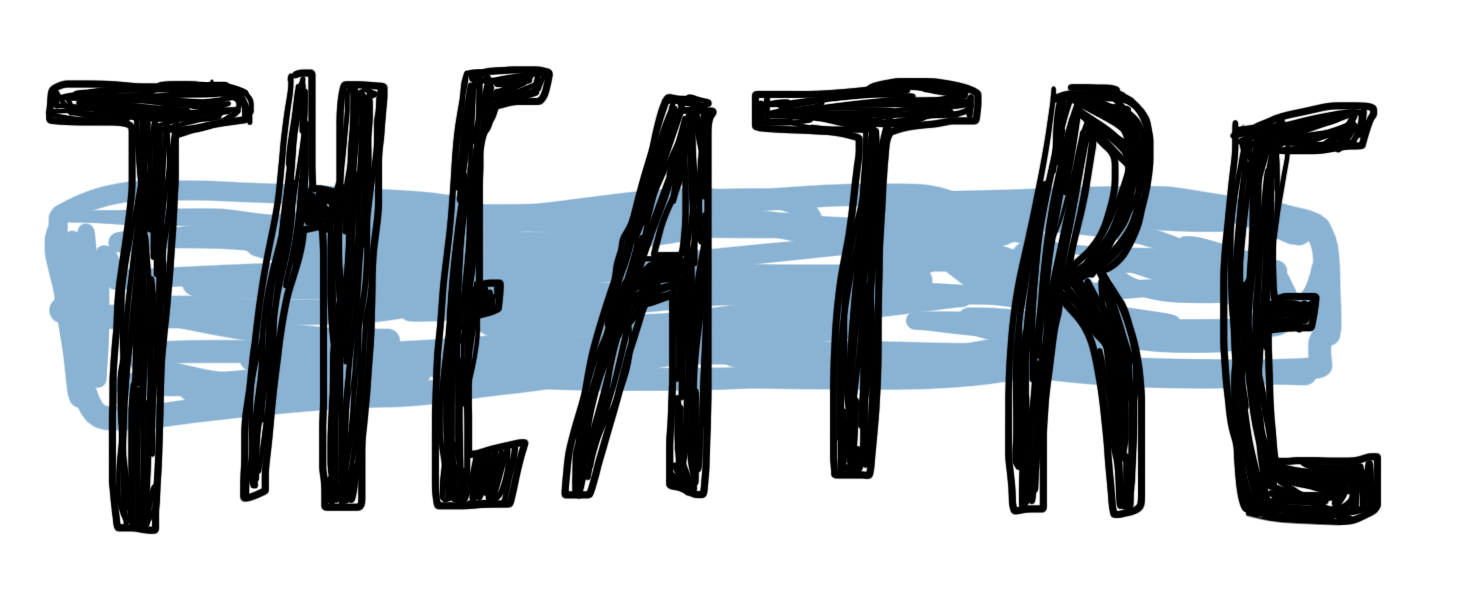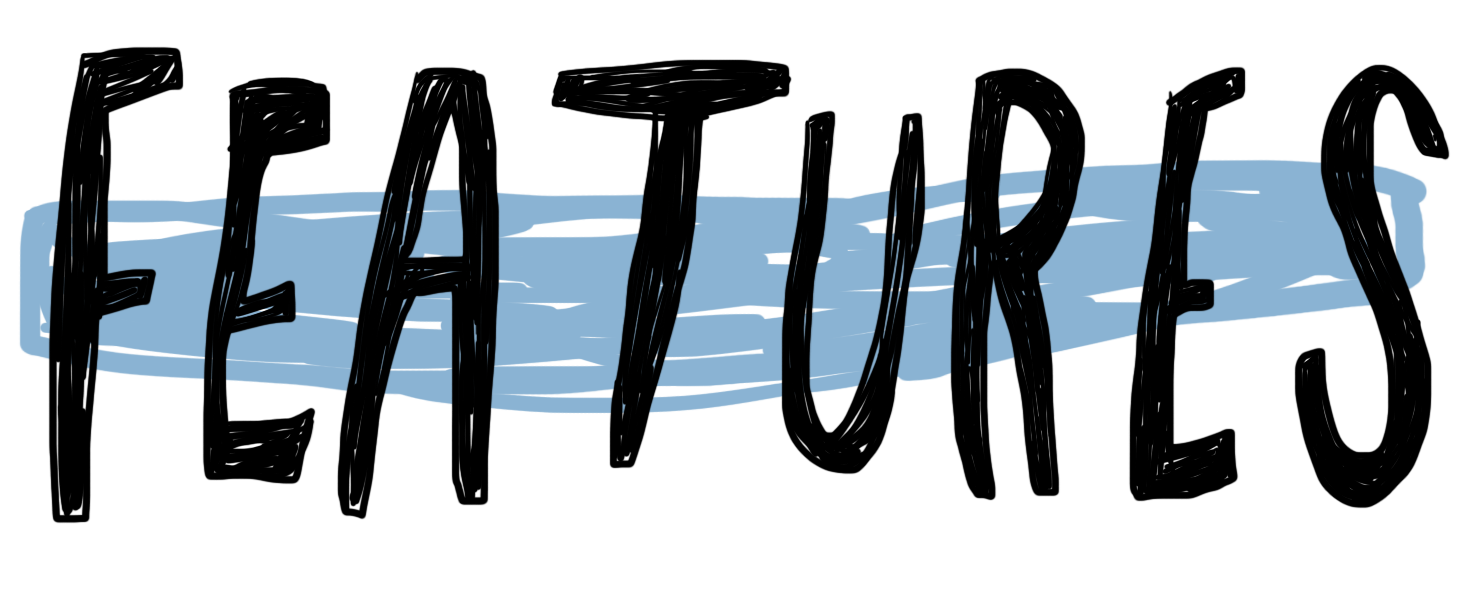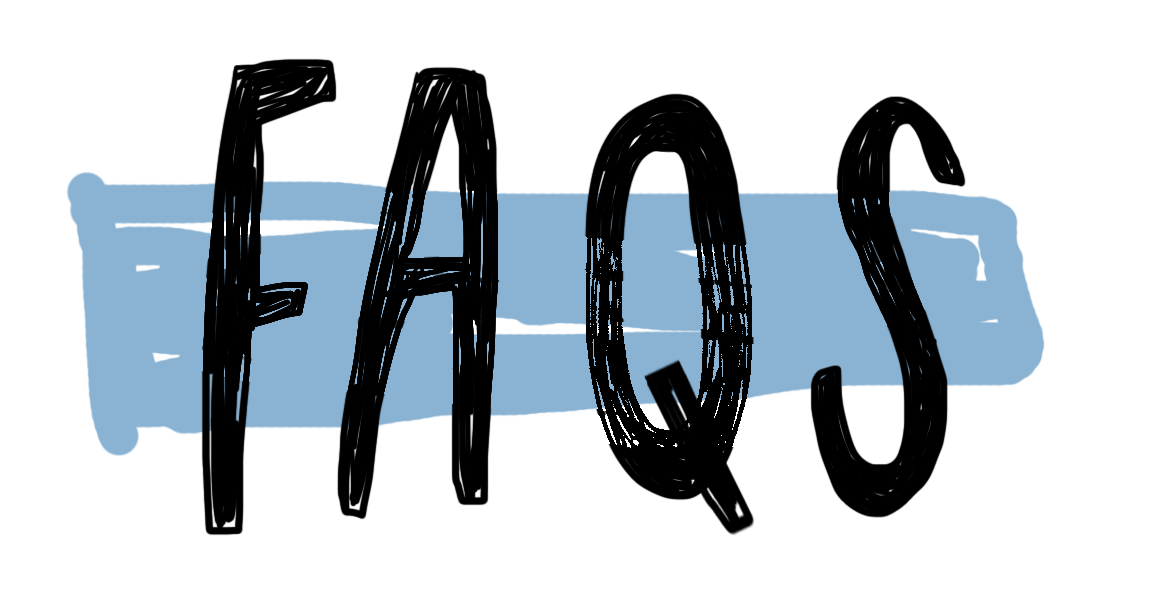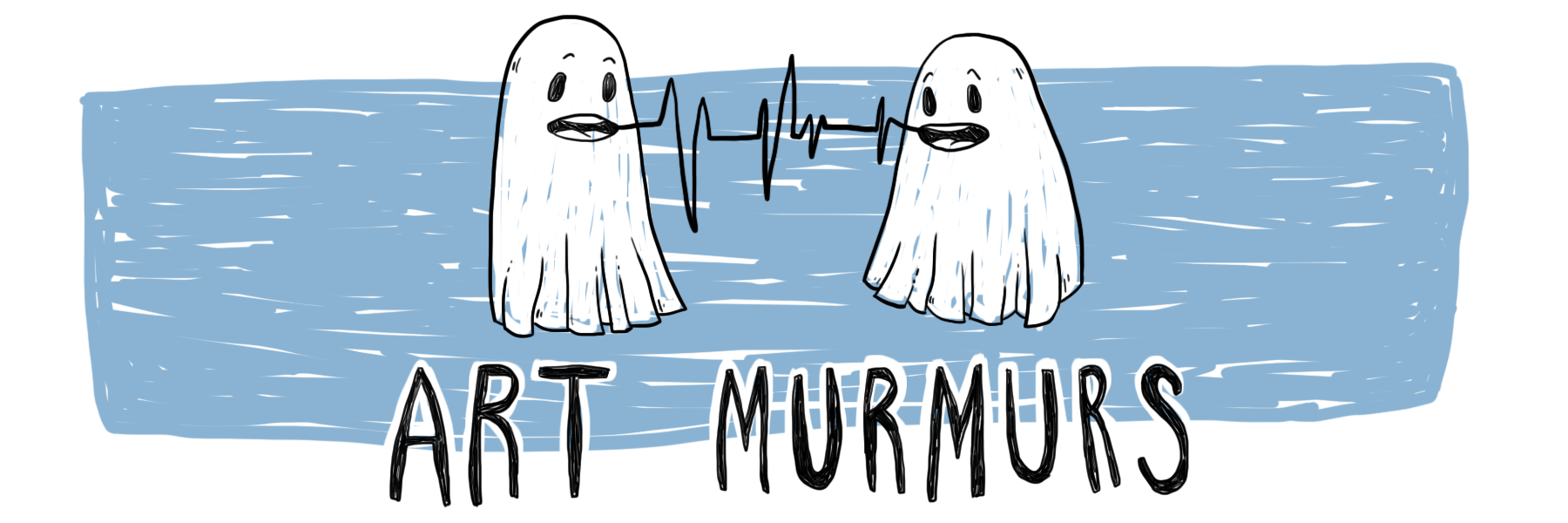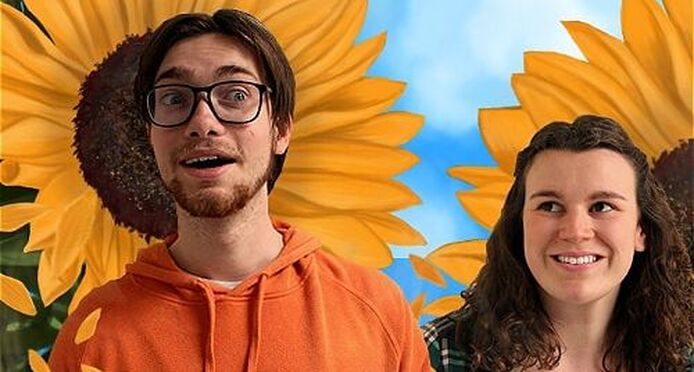Jenny Nimon
Having seen some of Nodder’s previous work, I already know that he is charismatic and goofy, so it’s refreshing to see some moments of vulnerability in his performance. In fact, I feel a little cheated that I only get to see it for 10 minutes at the end. The intimate and honest scenes between the two siblings are some of the most powerful in the show, and I want more of it. De Roo dips between moments of lightness and heaviness with ease, and she does a great job of grounding the show with her level-headedness. While I am a little on the fence about how the storyteller (Teag Mackay) is written – I see what Blue Flicker is going for with the rhyming, but I’m not convinced it actually works – Mackay steals the show with his renderings of the various magical characters the siblings meet in the Land Beyond the Garden Shed. The range and energy he brings to the scenes lifts the show entirely.
My thoughts on the writing are mixed. The dialogue is snappy and fun, and the interplay between the characters is effective. Scene to scene, the writing works well – I love the use of choreography as montage during long passages of time – but I’m not sure that that the overall tone of the narrative does the premise justice. The opening section is over-animated, so instead of feeling like a nostalgia trip, it feels a little like we’ve been dropped into a show marketed to children rather than one that simply explores childhood, and this doesn’t resolve itself until about midway through. I’m left with questions too, when Eva experiences the Land Beyond the Garden Shed as solidly as Charlie does (quite literally, she injures her nose trying to get through the portal prematurely, à la platform 9 ¾), and then again when the world takes a few too many beats to fall away once the identity of Big Foot is revealed. Am I meant to suspend my disbelief and take the world as literal, despite the fabrications that exist around it? Big Foot seems to be a thoughtful and creative extended metaphor, and if that is Blue Flicker’s intention, I would love to see the show lean more clearly into the fantasy world as figurative too, not just Big Foot.
Big Foot is a tight production, and while there are a few areas that can still be developed, the cast and crew should be proud to have created a show that is so potent in both energy and emotion. The show is running at BATS in the Random Stage at 6:30pm until Saturday 6 March. For more information, or to book tickets, visit the Fringe website.
